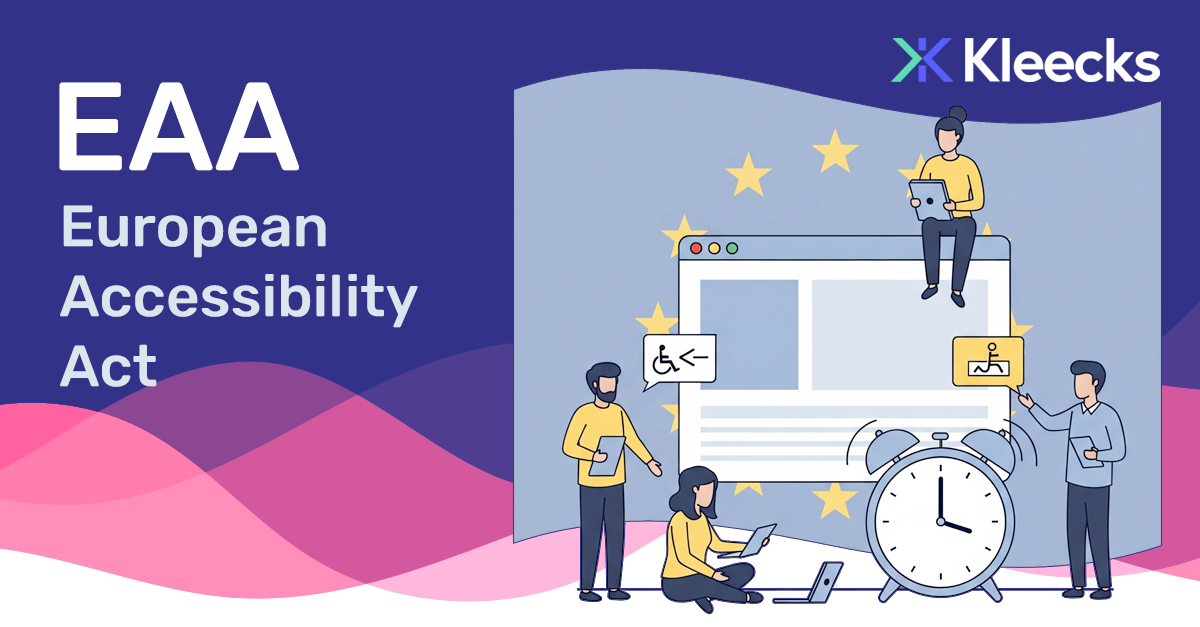Digital accessibility is increasingly recognised as a fundamental aspect of inclusive digital transformation. It ensures that websites, online services, and mobile applications can be accessed and used by everyone, including people with disabilities and age-related impairments.
In line with this principle, the European Accessibility Act (EAA) has introduced harmonised rules across the EU. Since 28 June 2025, digital products and services provided to the public must comply with WCAG 2.1 Level AA standards (or the equivalent criteria defined in EN 301 549).
This marks a significant step forward, positioning accessibility as a legal obligation rather than a voluntary choice.
What Does the EAA Require?
The EAA applies to a wide range of digital services, including:
Websites and e-commerce platforms
Mobile applications
Fines (e.g. up to 5% of annual turnover or €40,000–€50,000 in Italy)
Exclusion from public tenders or EU funding
Legal liability or reputational damage
A Framework for Achieving Compliance
Achieving accessibility is an ongoing process. A structured approach can help organisations assess and improve their digital assets. Below is a five-step framework to support compliance:
1. Conduct an Accessibility Audit
2. Define a Remediation Plan
3. Implement Technical and Content Fixes
Adding meaningful alt text to images
Ensuring sufficient color contrast
Enabling keyboard accessibility
Applying consistent heading structures
Using semantic HTML and appropriate ARIA attributes
4. Publish an Accessibility Statement
An accessibility statement is a public document that outlines your organization’s commitment to digital inclusion, detailing your conformance with accessibility standards like WCAG. It must provide a feedback mechanism for users to report issues and should be reviewed and republished at least once a year to reflect your ongoing improvements.
5. Integrate Accessibility into Ongoing Processes
Accessibility as a Pillar of Digital Inclusion
Organisations that embed accessibility into their design and development processes contribute to a more inclusive digital ecosystem—while also improving usability, performance, and long-term sustainability of their digital assets.
For more information or to assess for free your current level of accessibility, visit our Accessibility Resources Page

